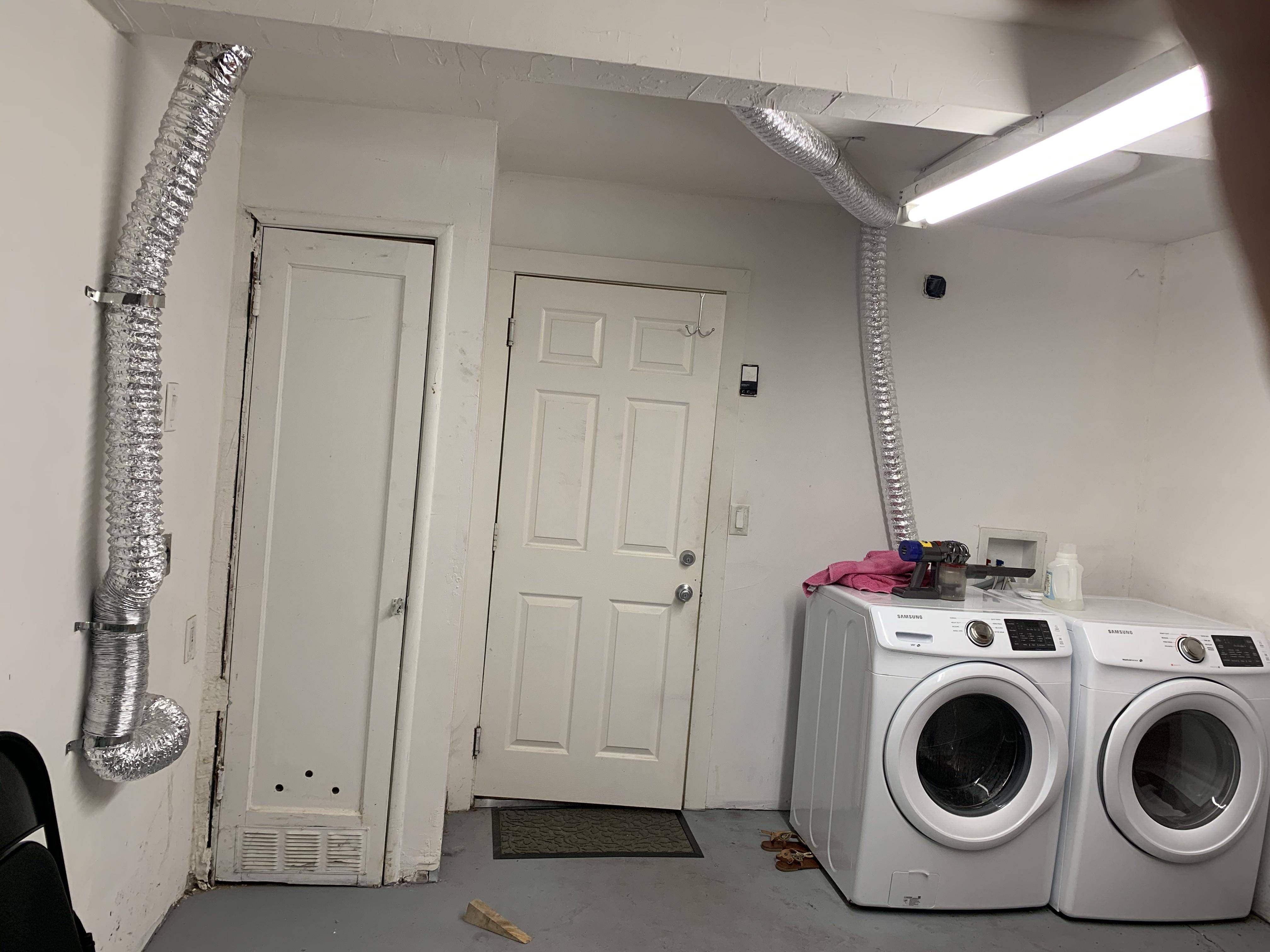

Articles
How Far Can You Run A Dryer Vent
Modified: August 20, 2024
Discover the maximum distance a dryer vent can run and keep your home safe. Read our informative articles for expert tips and advice.
(Many of the links in this article redirect to a specific reviewed product. Your purchase of these products through affiliate links helps to generate commission for Storables.com, at no extra cost. Learn more)
Introduction
Welcome to the world of dryer vents! If you have ever wondered how far you can run a dryer vent, you are not alone. Many homeowners face this question when determining the best location for their dryer. A well-functioning dryer vent is crucial for the efficiency and safety of your appliance, as it helps remove moisture and lint from your laundry room.
In this article, we will explore the factors that affect dryer vent length, common lengths found in homes, and the maximum length recommendations. We will also discuss the potential issues that could arise from having a long dryer vent and provide some solutions for extending its length. By the end, you’ll have a better understanding of how far you can run a dryer vent and how to ensure it operates effectively.
So, grab your virtual toolbox, put on your DIY cap, and let’s dive into the world of dryer vents!
Key Takeaways:
- Proper airflow and maintenance are crucial for an efficient and safe dryer vent system. Consider the type of dryer, use rigid metal vent pipes, and minimize bends to maintain optimal airflow and reduce the risk of lint buildup.
- When extending a dryer vent, prioritize efficient airflow and consider professional installation if needed. Use rigid metal vent pipes, minimize bends, and consider a booster fan to compensate for longer vent runs.
Read more: How To Run A Dryer Vent Through The Attic
Understanding Dryer Vents
To understand how far a dryer vent can be run, it’s important to first understand what a dryer vent is and how it works. A dryer vent is a duct or pipe that connects the back of your clothes dryer to the outside of your home. Its main purpose is to expel hot air, moisture, and lint from the dryer to the outdoors.
The venting system plays a vital role in maintaining the efficiency of your dryer. When the dryer operates, it produces hot, damp air that needs to be expelled to prevent moisture buildup and potential mold growth. Additionally, lint, a byproduct of drying clothes, can accumulate in the vent, reducing the dryer’s performance and creating a fire hazard if not properly maintained.
When it comes to dryer vents, there are two main types: metal vents and flexible foil or plastic vents. Metal vents are the recommended choice due to their durability and fire-resistant properties. Flexible vents, although easier to install, are not as reliable and can be prone to lint buildup and restrictions that hinder airflow.
Now that we have a basic understanding of dryer vents, let’s explore the factors that can affect the maximum length of a dryer vent.
Factors Affecting Dryer Vent Length
When determining the maximum length at which you can run a dryer vent, several factors come into play. These factors include the type of dryer, the diameter and material of the vent, the number of bends or turns in the venting system, and the overall airflow efficiency.
1. Type of Dryer: The type of dryer you have can impact the vent length. Electric dryers generally have a more limited exhaust capability compared to gas dryers, which means they require shorter vent runs to expel hot air effectively. Gas dryers, on the other hand, often have more powerful exhaust systems, allowing for longer vent runs.
2. Diameter and Material of the Vent: The diameter of the vent pipe can affect the maximum vent length. Most residential dryer vents have a diameter of 4 inches, but in larger homes or commercial settings, 6-inch vents may be used. Additionally, using smooth, rigid metal vents instead of flexible ones allows for better airflow and reduces the risk of lint buildup and restrictions.
3. Number of Bends or Turns: The more bends or turns in your dryer venting system, the shorter the maximum allowable length. Each bend or turn creates resistance in the airflow, which can reduce the vent’s effectiveness. Ideally, a dryer vent should have minimal bends or turns to maintain a smooth and efficient flow of air.
4. Overall Airflow Efficiency: The overall airflow efficiency of your dryer venting system is crucial in determining its maximum length. If the vent system is poorly designed or clogged with lint, it can result in decreased airflow and increased drying times. Regular maintenance, including cleaning the vent and ensuring proper airflow, is essential for optimal efficiency.
Now that we understand the factors that can impact dryer vent length, let’s explore the common lengths found in residential settings.
Common Dryer Vent Lengths
In residential settings, dryer vent lengths can vary depending on the location and layout of the laundry room. However, there are a few standard lengths that are commonly found in homes.
1. Through-the-Wall Installation: In many homes, the dryer is located near an exterior wall, allowing for a direct vent through the wall. This is the shortest and most straightforward installation, with the vent typically running just a few feet to the outside. The exact length may vary depending on the specific setup of the laundry room and the positioning of the dryer.
2. Through-the-Roof Installation: In some cases, the dryer may be located away from exterior walls, requiring the vent to run through the roof. This installation option allows for greater flexibility in vent length but may require additional considerations such as proper insulation and waterproofing around the vent outlet.
3. Attic Installation: In homes with laundry rooms located on an upper floor, the dryer vent may need to run through the attic before venting to the outside. The length of the vent in this scenario can vary significantly, depending on the distance between the laundry room and the exterior wall or roof.
It is important to note that these common lengths are just guidelines, and the actual vent length may differ based on individual home designs and personal preferences. However, it is crucial to understand the maximum length recommendations to ensure proper airflow and optimal dryer performance. Let’s delve into these recommendations in the next section.
Make sure your dryer vent is no longer than 25 feet to ensure optimal performance. Keep it straight and free of kinks to prevent lint buildup and potential fire hazards.
Maximum Length Recommendations
While there is no one-size-fits-all answer to how far you can run a dryer vent, there are some general guidelines and recommendations to ensure optimal performance and safety. The exact maximum length can vary depending on the factors mentioned earlier, such as the type of dryer, vent diameter, and number of bends or turns. However, here are the typical recommendations:
1. Electric Dryer: For electric dryers, the maximum length is usually around 25 feet. This length helps maintain sufficient airflow to expel the moist air and lint effectively. If the vent has multiple bends or turns, it is recommended to reduce the maximum length by 5 feet for each bend or turn.
2. Gas Dryer: Gas dryers typically have a more powerful exhaust system, allowing for longer vent runs. The maximum length for gas dryer vents is generally around 35 feet. As with electric dryers, it is important to deduct 5 feet for each bend or turn in the vent system.
It’s worth noting that these recommendations are provided as a general guideline. Always refer to the manufacturer’s instructions for your specific dryer model, as they may have their own recommendations for maximum vent length.
Additionally, it’s crucial to prioritize the airflow efficiency of the dryer vent. If you surpass the recommended maximum length due to the layout of your home, consider using rigid metal vent pipes instead of flexible ones to minimize airflow restrictions. Regularly inspect and clean the vent system to prevent lint buildup and maintain optimal performance.
Now that we understand the maximum length recommendations, let’s discuss some potential issues that can arise from having a long dryer vent.
Read more: How Long Can A Dryer Vent Be
Potential Issues with Long Dryer Vents
While it may be tempting to run a long dryer vent to accommodate the layout of your home, there are some potential issues that can arise from having an excessively long vent. It’s important to be aware of these issues to ensure the efficiency and safety of your dryer.
1. Decreased Airflow: As the length of the dryer vent increases, so does the resistance to airflow. Longer vents can hinder the efficient expulsion of hot air and moisture from the dryer, resulting in longer drying times. This not only wastes energy but also puts additional strain on the dryer, potentially shortening its lifespan.
2. Increased Lint Buildup: Longer vents provide more opportunities for lint to accumulate along the walls of the duct. Over time, this can lead to significant lint buildup, restricting airflow even further. A clogged vent not only reduces the efficiency of the dryer but also poses a fire hazard as lint is highly flammable.
3. Condensation and Mold Growth: When the moist air from the dryer lingers in a long vent, it increases the likelihood of condensation. This moisture can promote the growth of mold and mildew within the vent, potentially leading to health issues in the home. It’s crucial to ensure proper ventilation and prevent moisture buildup within the venting system.
4. Backdrafting: In some cases, long dryer vents can cause backdrafting, especially if the vent terminates in a low-pressure area. Backdrafting occurs when air from the outside flows back into the dryer, potentially pushing dangerous gases, such as carbon monoxide, into the home. This poses a significant safety risk and should be avoided by ensuring proper vent termination.
By understanding these potential issues, you can take steps to minimize their impact and ensure the efficient and safe operation of your dryer. Let’s explore some solutions for extending the length of your dryer vent in the next section.
Ways to Extend Dryer Vent Length
If you find yourself needing to extend the length of your dryer vent to accommodate a unique home layout or laundry room setup, there are a few solutions you can consider. These options will help maintain optimal airflow and minimize potential issues associated with long vent runs.
1. Use Rigid Metal Vent Pipes: When extending the length of your dryer vent, it is recommended to use rigid metal vent pipes instead of flexible ones. Rigid metal vents have a smoother interior surface, allowing for better airflow and reducing the chances of lint buildup. This helps maintain the efficiency of your dryer and reduces the risk of clogs.
2. Minimize Bends and Turns: The more bends and turns in your venting system, the greater the resistance to airflow. Aim to minimize the number of bends and turns by using gentle, gradual curves instead of sharp angles. Each bend or turn reduces the overall vent length that can be effectively utilized, so keep this in mind when planning your vent extension.
3. Consider a Booster Fan: In cases where the length of the dryer vent exceeds the recommended maximum, you may need to install a booster fan. A booster fan is a device that helps increase the airflow in the vent, compensating for the additional length. However, it is important to ensure proper installation and follow the manufacturer’s guidelines to avoid potential issues.
4. Professional Installation: If you are unsure about extending your dryer vent yourself or have complex installation requirements, it is always best to consult a professional. A certified HVAC technician or dryer vent specialist can assess your specific situation, provide guidance on the best course of action, and ensure the installation is done safely and effectively.
Remember, the overall goal is to maintain efficient airflow and minimize any potential issues associated with a long dryer vent. Regular maintenance, including cleaning the vent system and checking for any obstructions, is also crucial to ensure optimal performance.
Now that you are equipped with ways to extend the length of your dryer vent, let’s wrap it up.
Conclusion
Understanding how far you can run a dryer vent is essential for the efficient and safe operation of your dryer. While the maximum vent length can vary depending on factors such as the type of dryer, vent diameter, and number of bends, there are general recommendations to guide you.
It is important to consider the type of dryer you have, as electric dryers typically have a shorter maximum vent length compared to gas dryers due to their exhaust capabilities. Additionally, using rigid metal vent pipes and minimizing bends and turns in the venting system can help maintain optimal airflow and reduce the risk of lint buildup. Regular maintenance and cleaning of the vent system are crucial to ensure continued efficiency and prevent potential hazards.
If you find that your home’s layout requires extending the length of your dryer vent beyond the recommended maximum, consider consulting a professional to ensure proper installation and performance. They can provide guidance on using booster fans or alternative venting options, as well as evaluate your specific situation to determine the best approach.
Remember, proper airflow and maintenance are key to achieving efficient drying and minimizing any potential issues with your dryer vent. By following the recommendations and solutions outlined in this article, you can maintain an effective and safe venting system for your dryer, ensuring its longevity and improving the overall efficiency of your laundry routine.
So, next time you’re planning to install or extend a dryer vent, keep in mind the factors that affect vent length, the maximum length recommendations, and the potential issues and solutions associated with long vent runs. With this knowledge in hand, you can make informed decisions and create a well-functioning, safe, and efficient dryer vent system.
Curious about keeping your home in tip-top shape beyond just dryer vent logistics? Dive into our guide on home maintenance, where we break down essential upkeep tasks that are a must for any homeowner. Wondering who should tackle your dryer vent installation? Our next piece provides insights on selecting the right professional for the job, ensuring safety and efficiency in your household.
Frequently Asked Questions about How Far Can You Run A Dryer Vent
Was this page helpful?
At Storables.com, we guarantee accurate and reliable information. Our content, validated by Expert Board Contributors, is crafted following stringent Editorial Policies. We're committed to providing you with well-researched, expert-backed insights for all your informational needs.
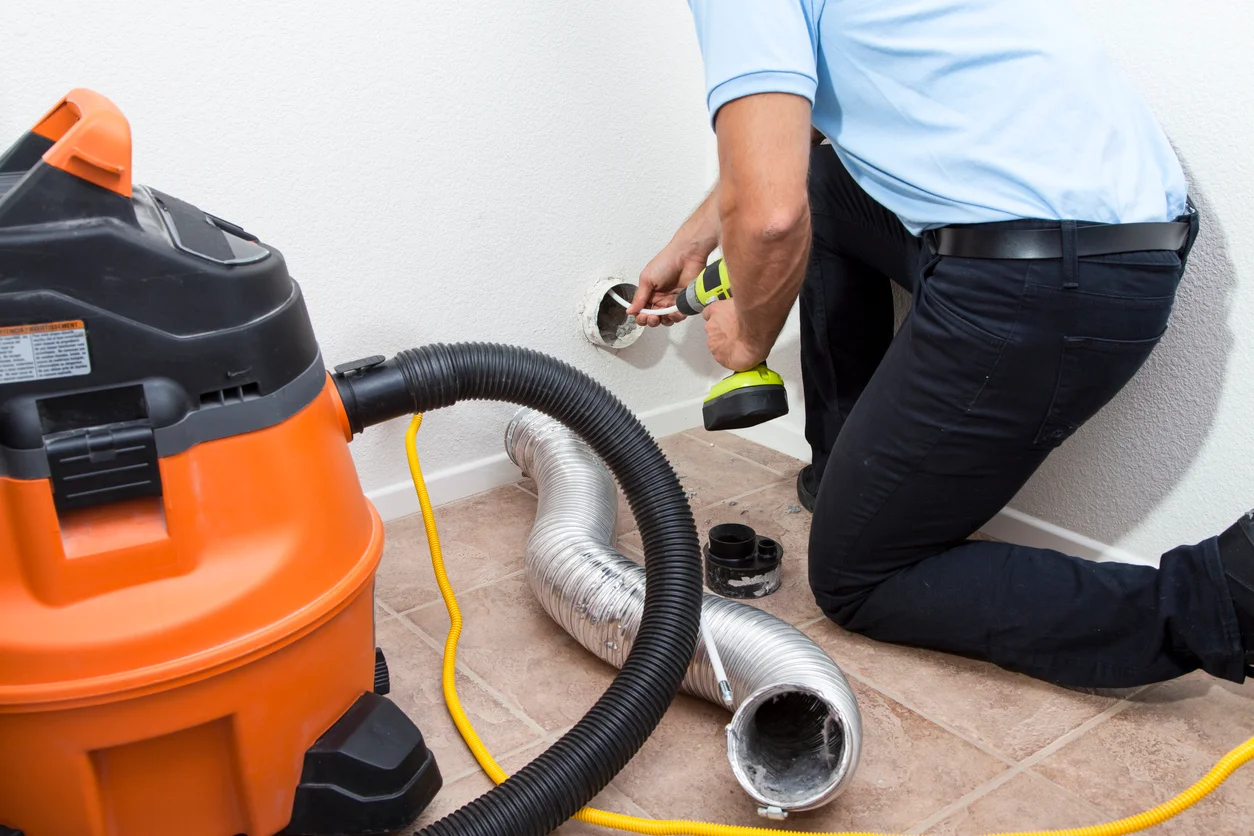


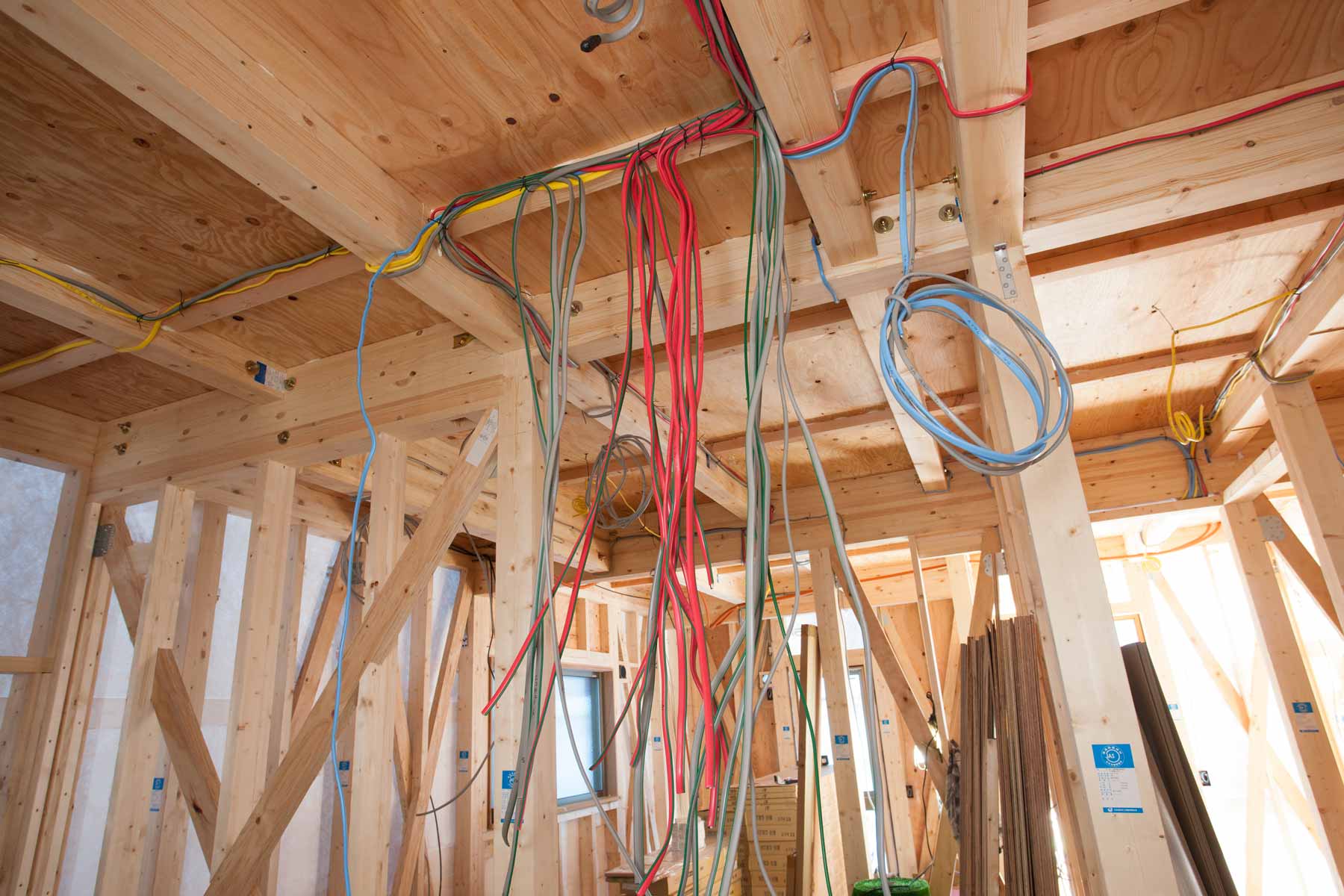
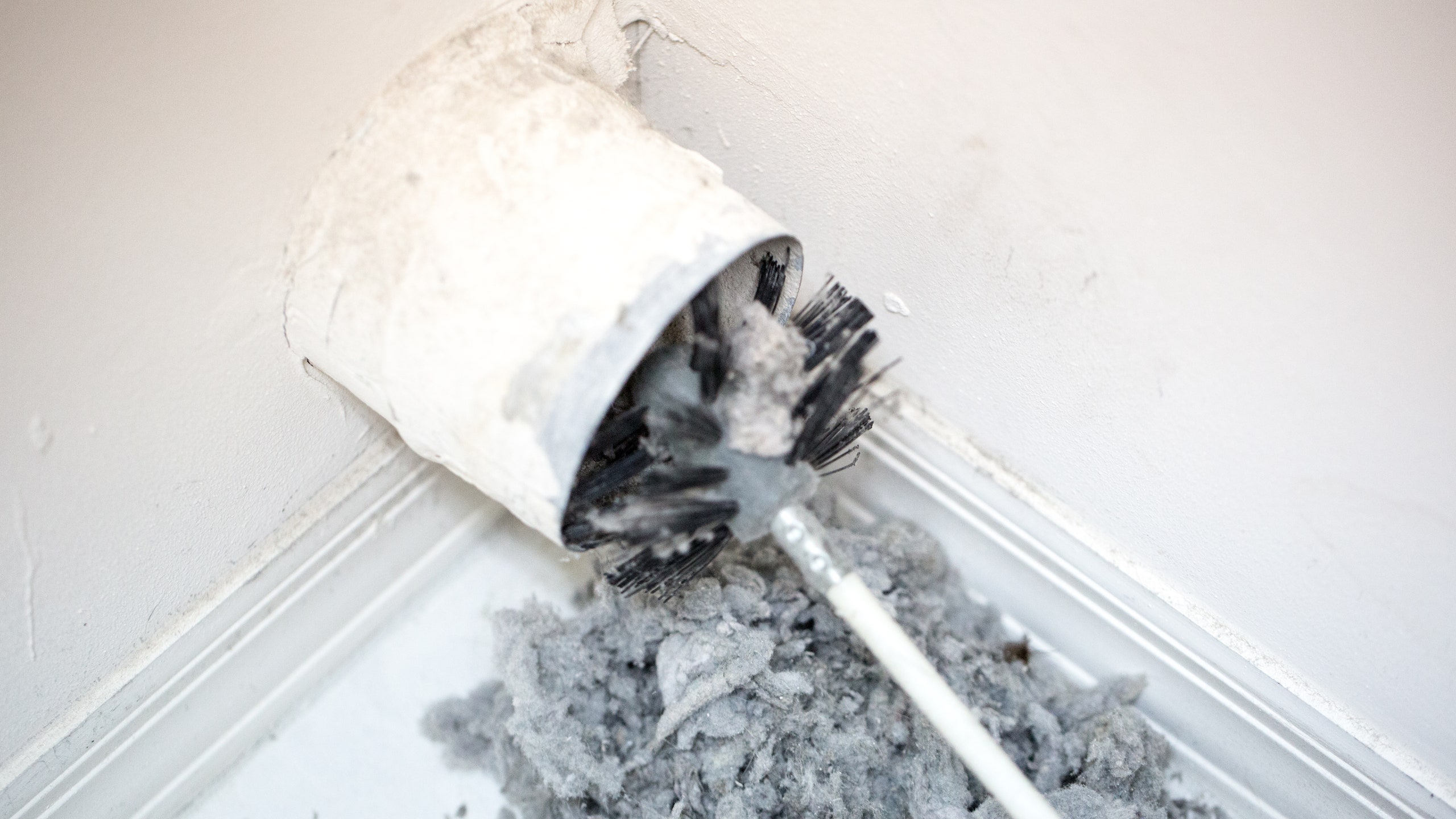

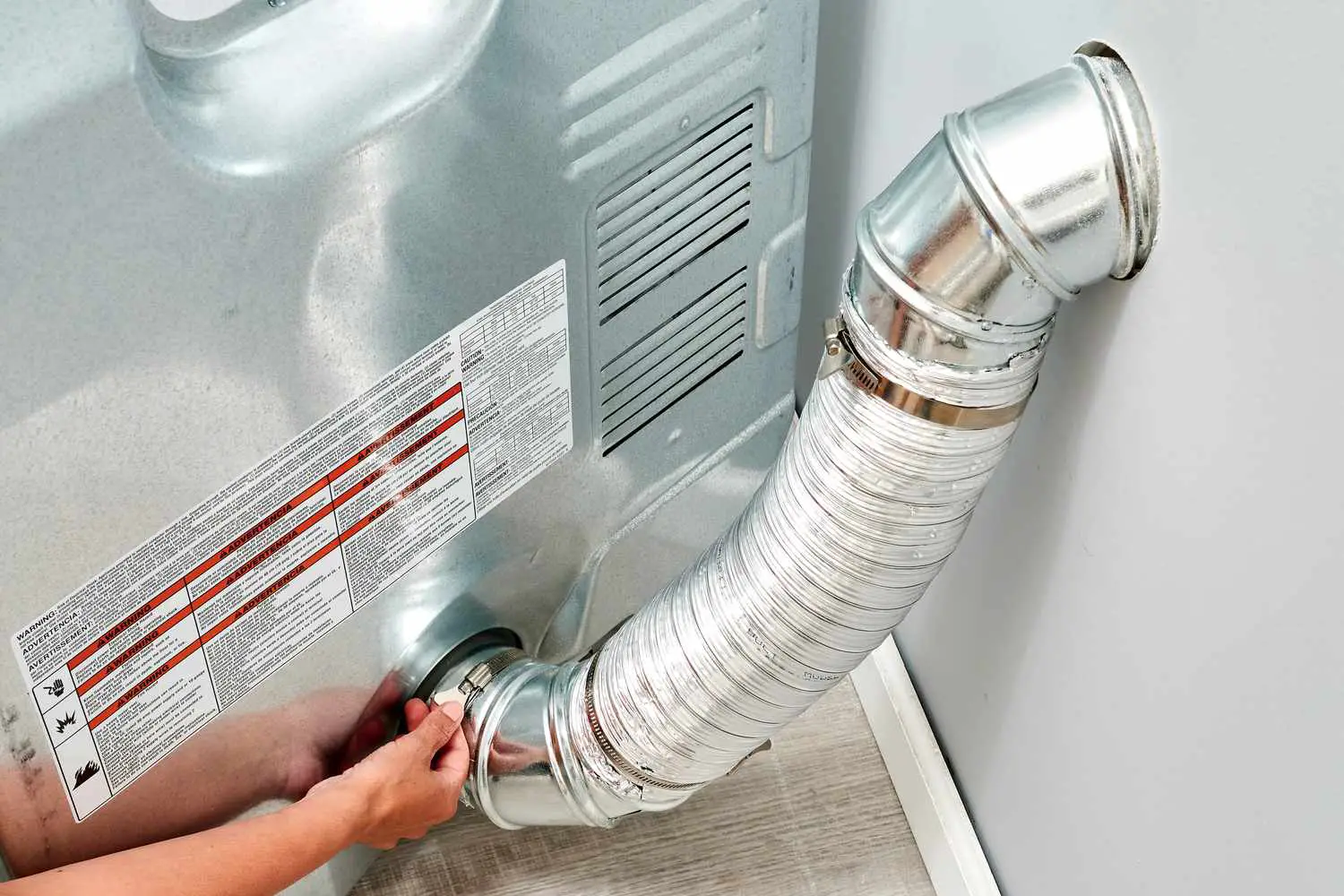

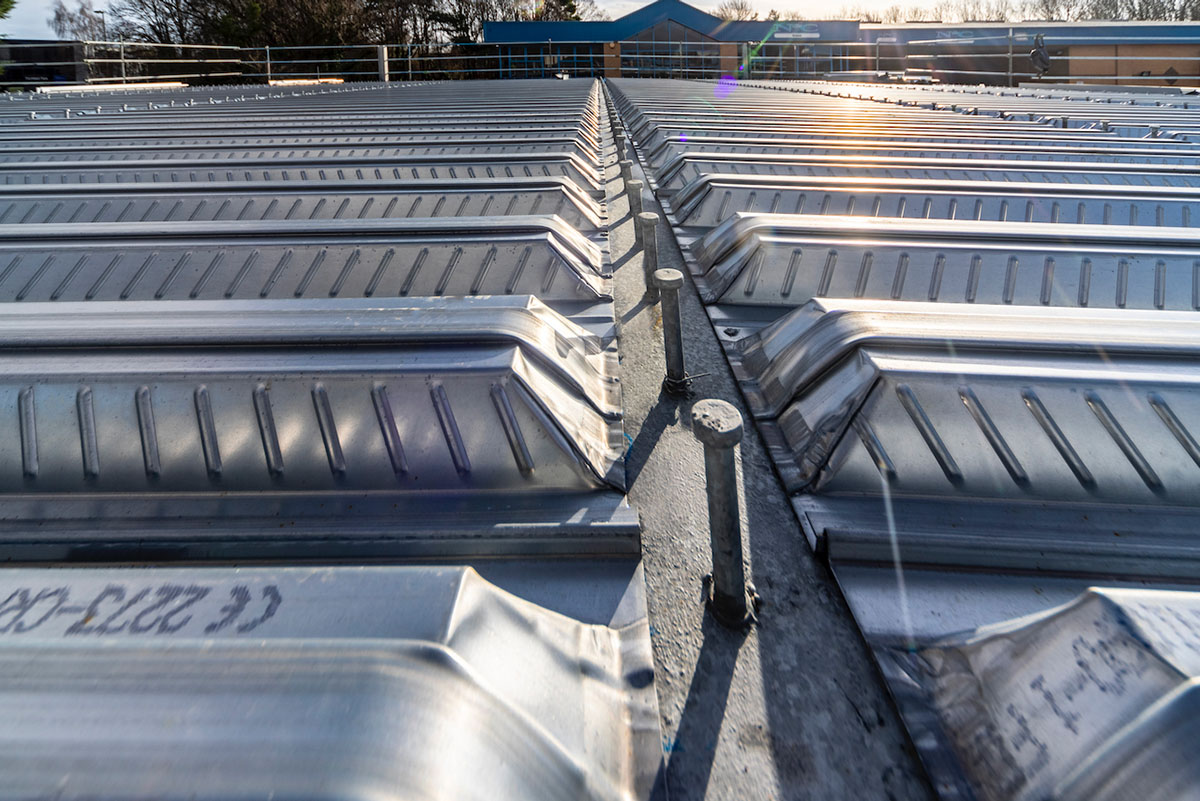
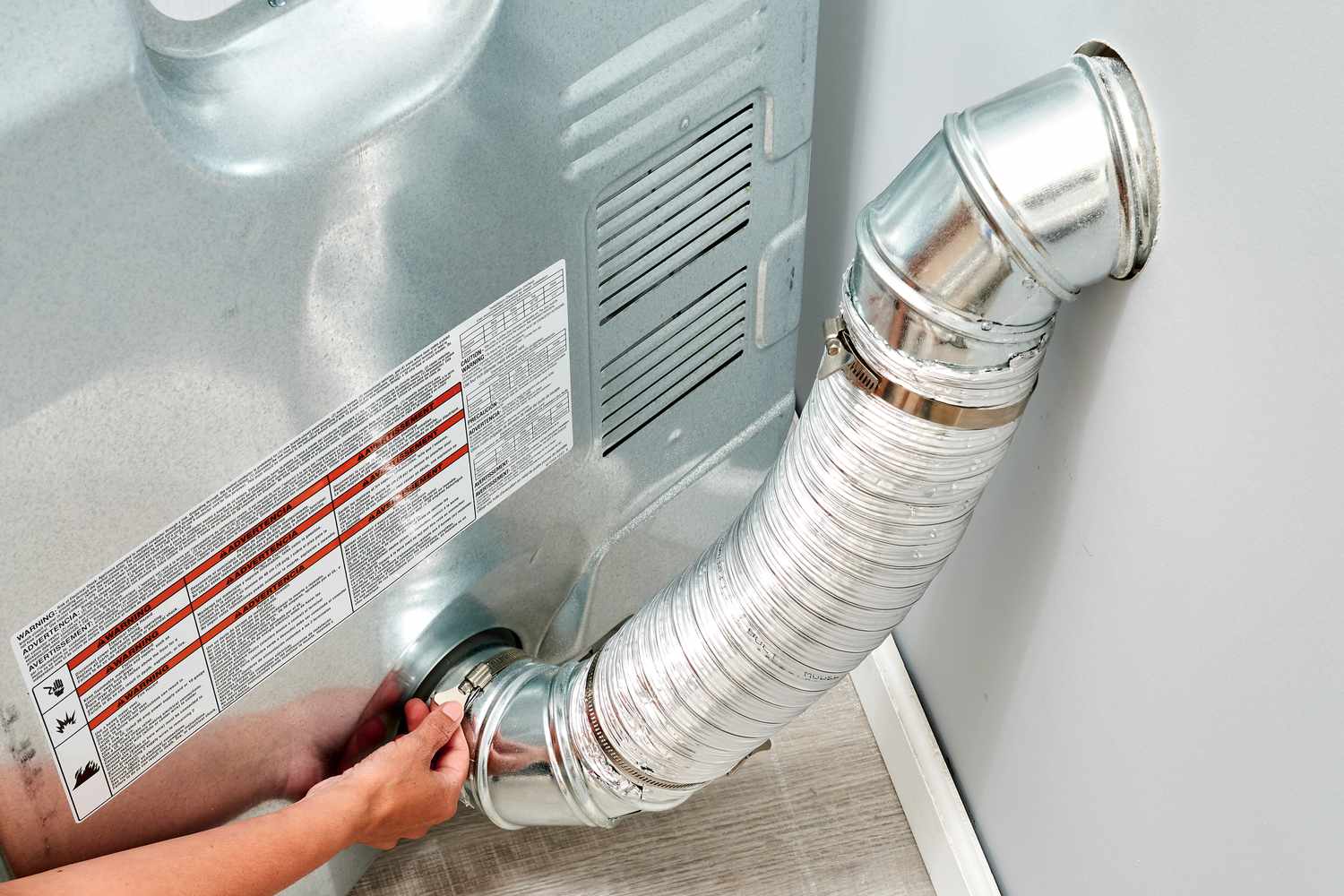
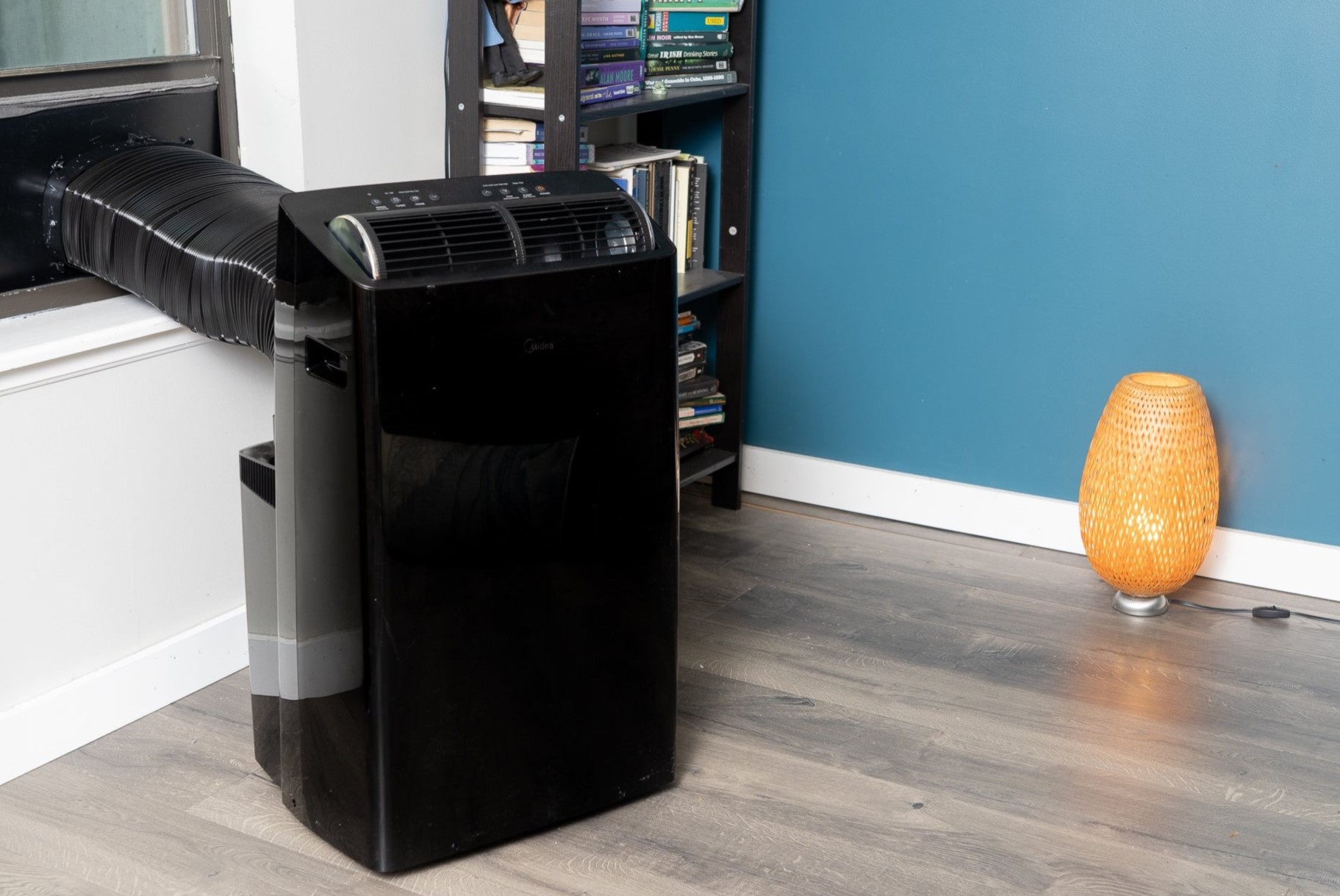
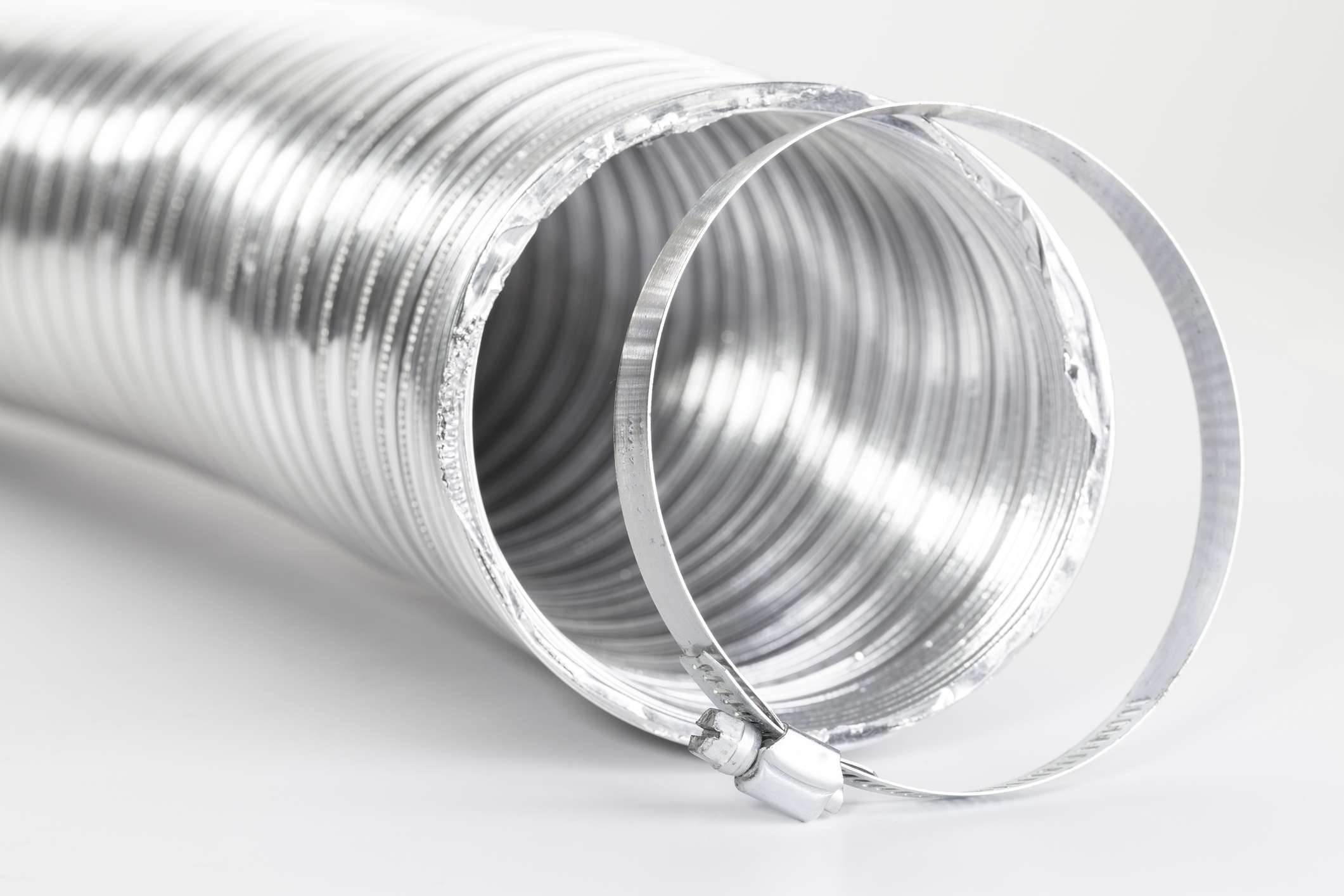
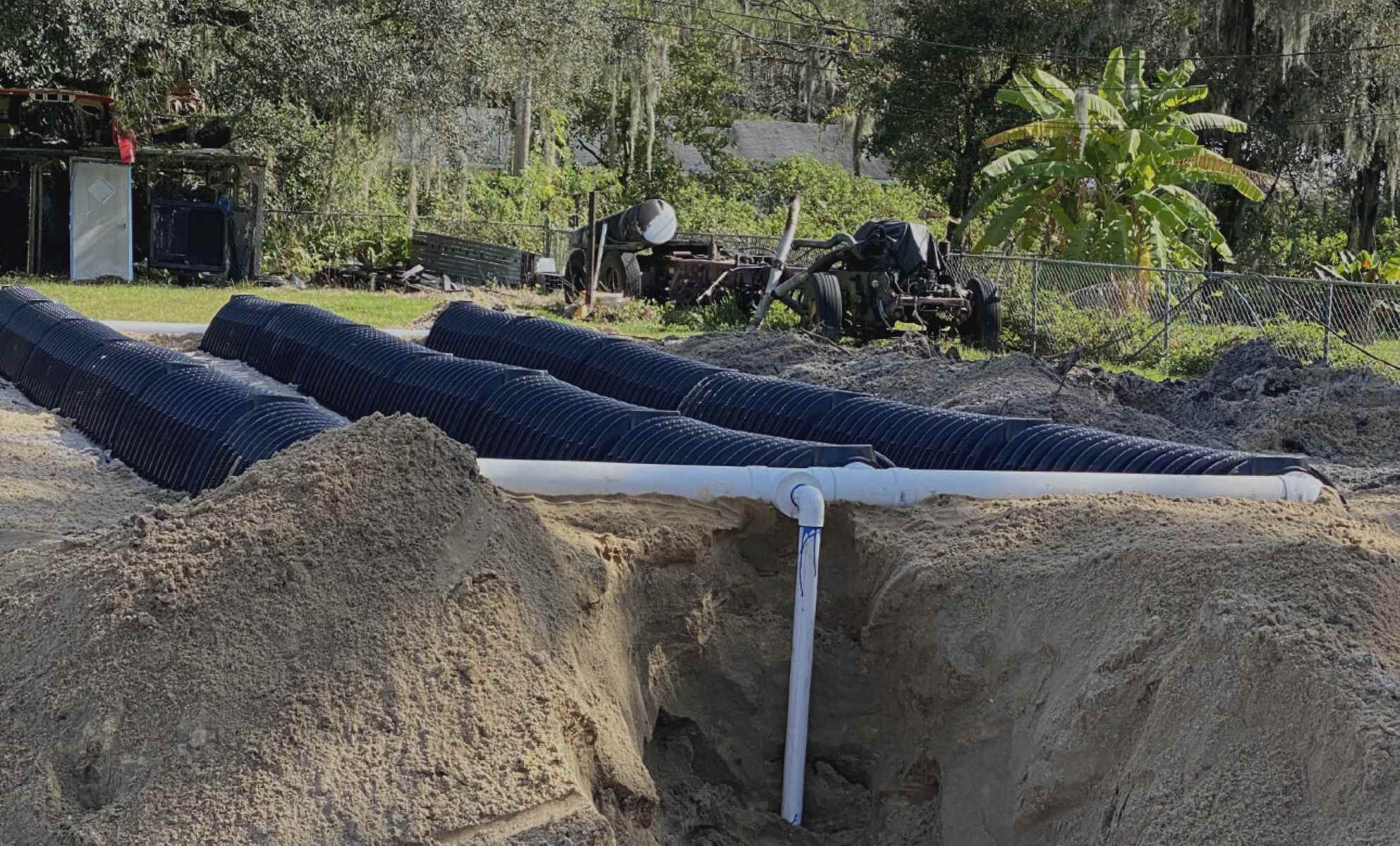
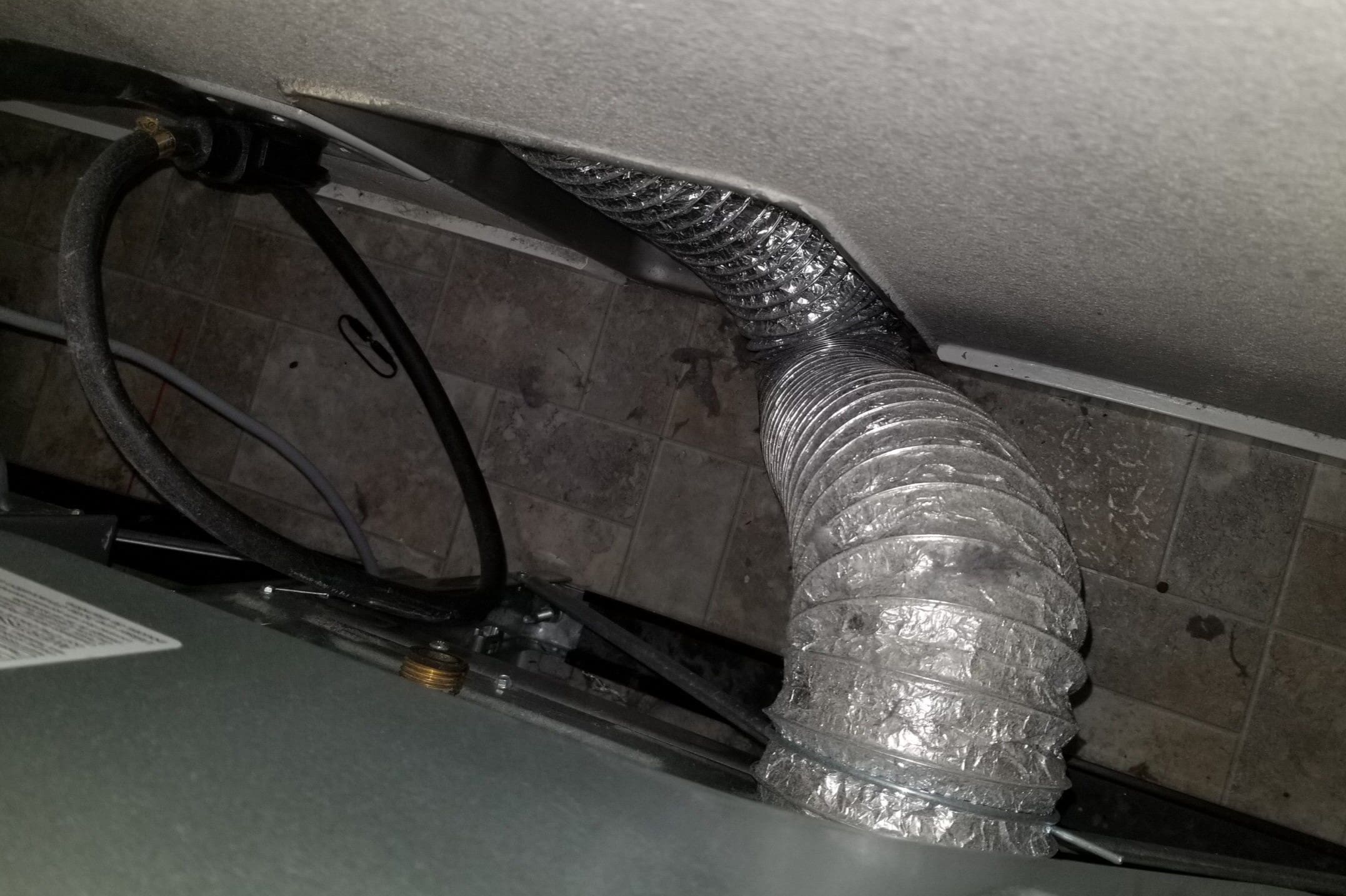

0 thoughts on “How Far Can You Run A Dryer Vent”